

Puja, derived from the Sanskrit word ‘pūjā,’ is a profound ritualistic practice deeply ingrained in Buddhist tradition.
Rooted in the teachings of Siddhartha Gautama, the Buddha, puja serves as a means for Buddhists to express reverence, gratitude, and devotion towards the Triple Gem – the Buddha, the Dharma (his teachings), and the Sangha (the community of monks and nuns). This sacred ritual is performed in various forms across different Buddhist cultures, yet its essence remains the same: to cultivate mindfulness, deepen spiritual connection, and foster inner peace.
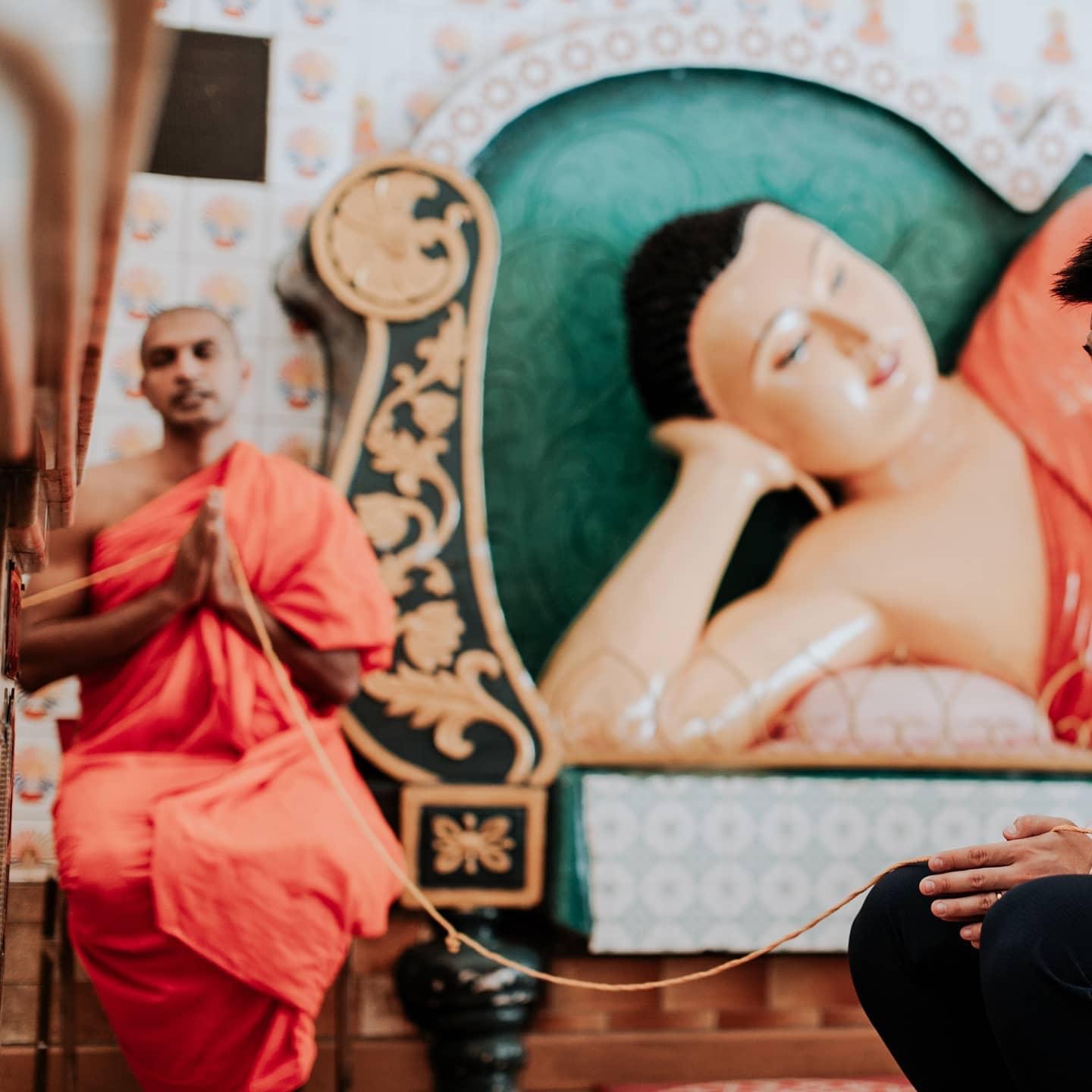

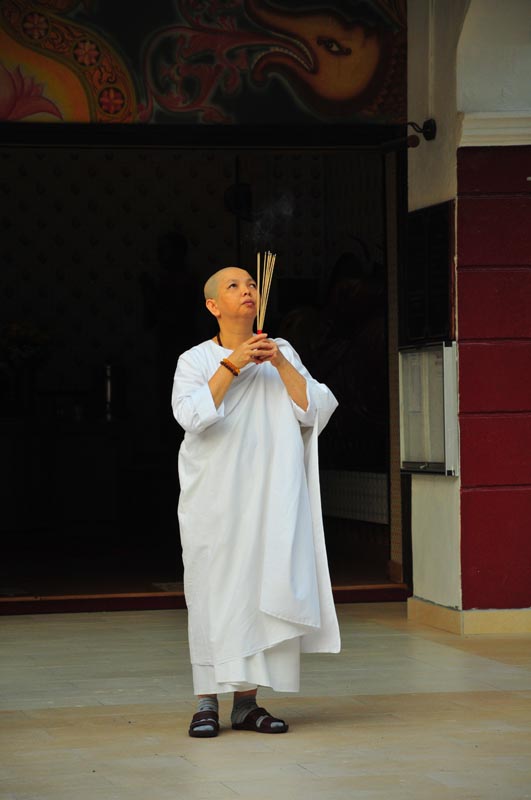
Puja is not merely a ritualistic practice but a profound spiritual act that engages both the body and mind. It typically involves offerings, chanting of sutras (scriptures), meditation, and circumambulation around sacred objects such as stupas or images of the Buddha. The intention behind each gesture and recitation is to purify one’s mind, accumulate merit, and foster qualities such as compassion, wisdom, and equanimity.
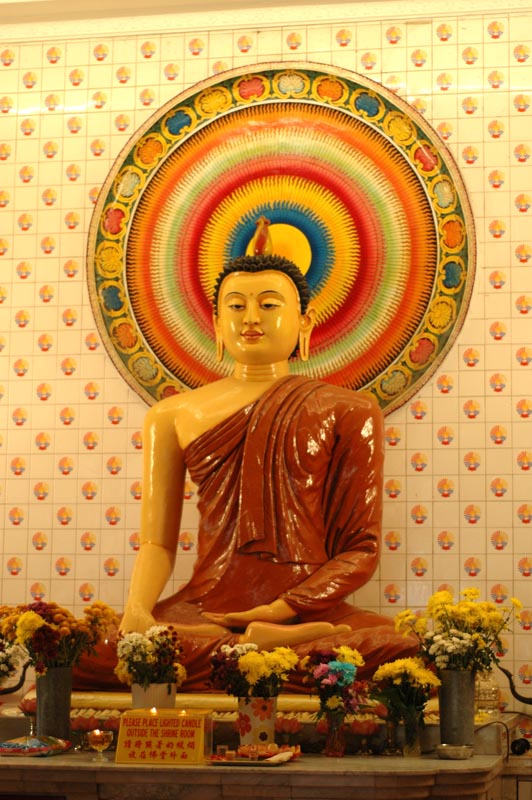
Offerings are made to the Triple Gem as symbols of reverence and gratitude. These offerings may include flowers, incense, candles, fruits, and symbolic representations of the elements. Each offering carries symbolic significance, representing aspects of Buddhist teachings such as impermanence, purity, and enlightenment.

Chanting of sutras, mantras, or verses from sacred texts is an integral part of puja. These recitations serve to invoke blessings, cultivate mindfulness, and deepen understanding of the Dharma.

Puja often includes periods of meditation, allowing practitioners to cultivate inner stillness and insight. By quieting the mind and turning inward, one can develop clarity, concentration, and insight into the nature of reality. Meditation is considered essential for progressing along the path towards liberation from suffering (nirvana).
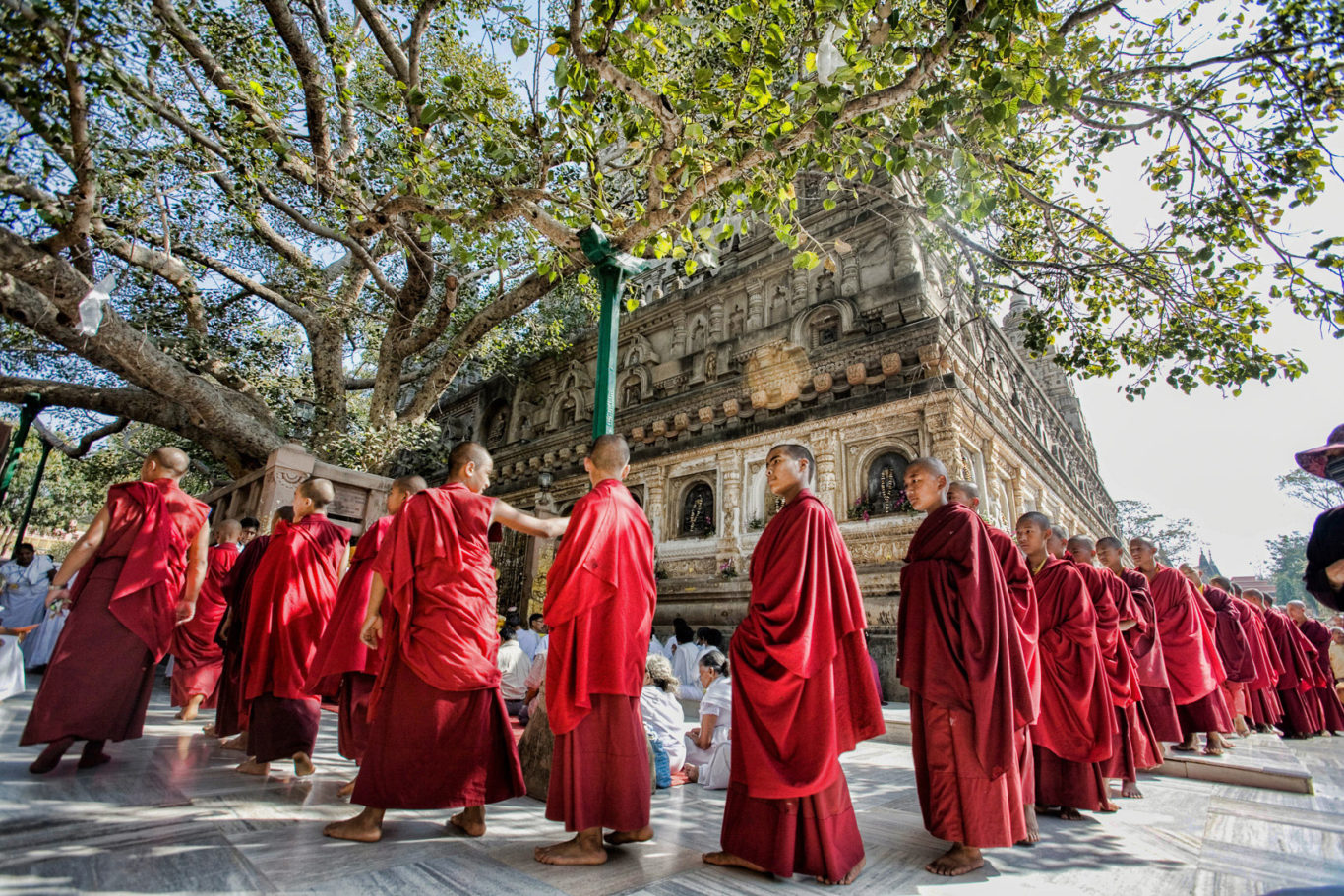
Circumambulating sacred objects or spaces, such as stupas or images of the Buddha, is a common practice in Buddhist puja. This circular movement symbolizes the cyclic nature of existence and the journey towards enlightenment. It is a physical manifestation of devotion and reverence, embodying the continuous pursuit of spiritual growth and awakening.

Our Puja is opened for the public, anyone who is interested may join our morning or evening Puja sessions.
Note: if you wish to bring along some offerings for the Puja, please pass it over to the kitchen or front desk staff.
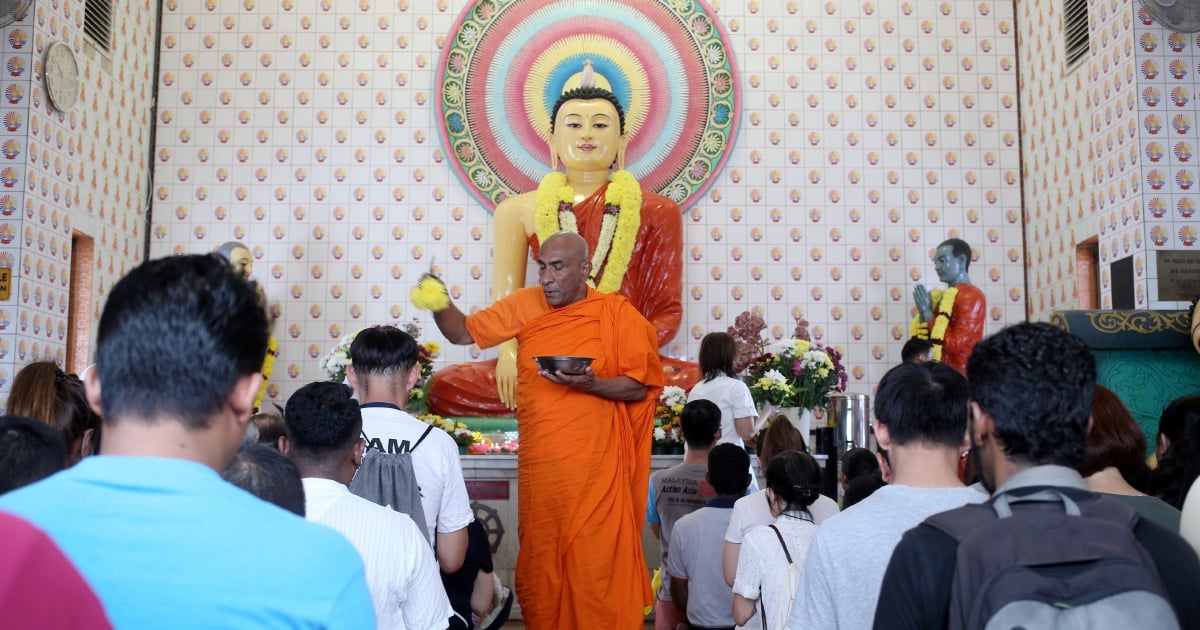
Sponsor a puja for your continuous good health, happiness, prosperity and success or to transfer merits to you departed loves ones.